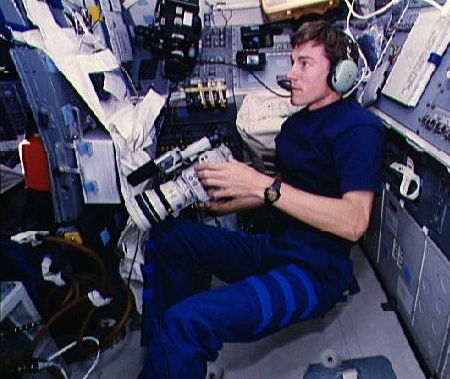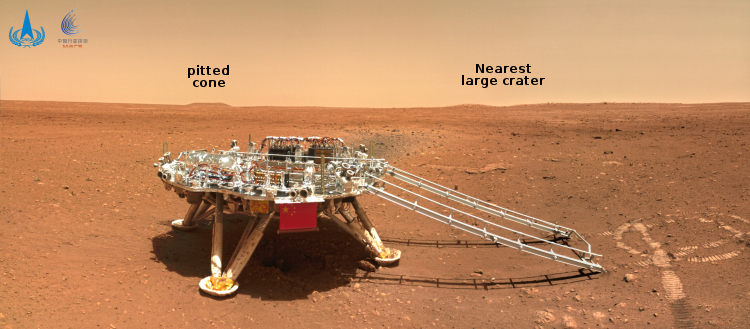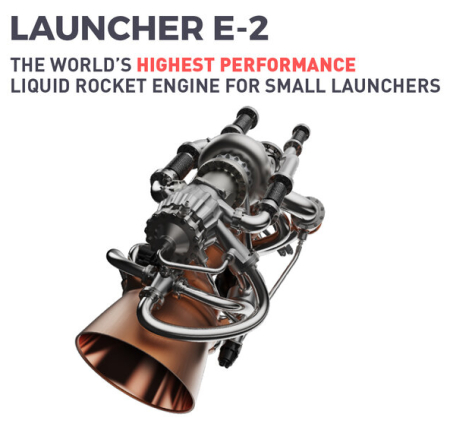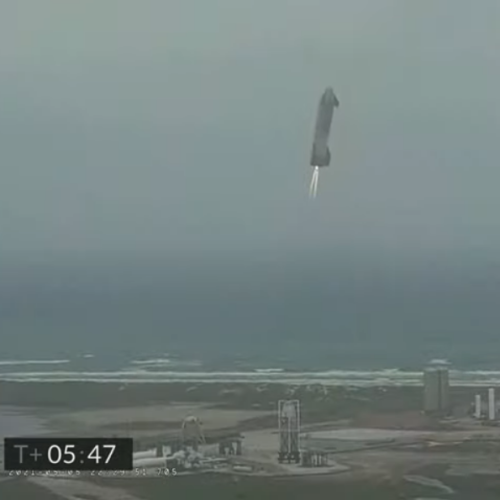First manned mission to new Chinese space station to launch June 17th
The new colonial movement: China yesterday announced that the first manned mission to its new Chinese space station will launch tomorrow, June 17th, carrying three astronauts to the station’s Tianhe core module launched earlier this year.
One day before launch, China finally confirmed unofficial reports that it will launch the first crew to its new space station module, Tianhe, on June 17 Beijing Time (June 16 Eastern Daylight Time). It is China’s first human spaceflight launch in 5 years. The three men will stay aboard Tianhe for three months, the longest time in orbit for any Chinese crew.
During the three month mission the astronauts will do at least one spacewalk to likely deploy solar panels and other equipment preparing Tianhe for later modules.
The announcement also included statements by Russia that it has agreed to send Russian astronauts to the station at some point in the future.
No word on whether China will broadcast the launch live.
The new colonial movement: China yesterday announced that the first manned mission to its new Chinese space station will launch tomorrow, June 17th, carrying three astronauts to the station’s Tianhe core module launched earlier this year.
One day before launch, China finally confirmed unofficial reports that it will launch the first crew to its new space station module, Tianhe, on June 17 Beijing Time (June 16 Eastern Daylight Time). It is China’s first human spaceflight launch in 5 years. The three men will stay aboard Tianhe for three months, the longest time in orbit for any Chinese crew.
During the three month mission the astronauts will do at least one spacewalk to likely deploy solar panels and other equipment preparing Tianhe for later modules.
The announcement also included statements by Russia that it has agreed to send Russian astronauts to the station at some point in the future.
No word on whether China will broadcast the launch live.





